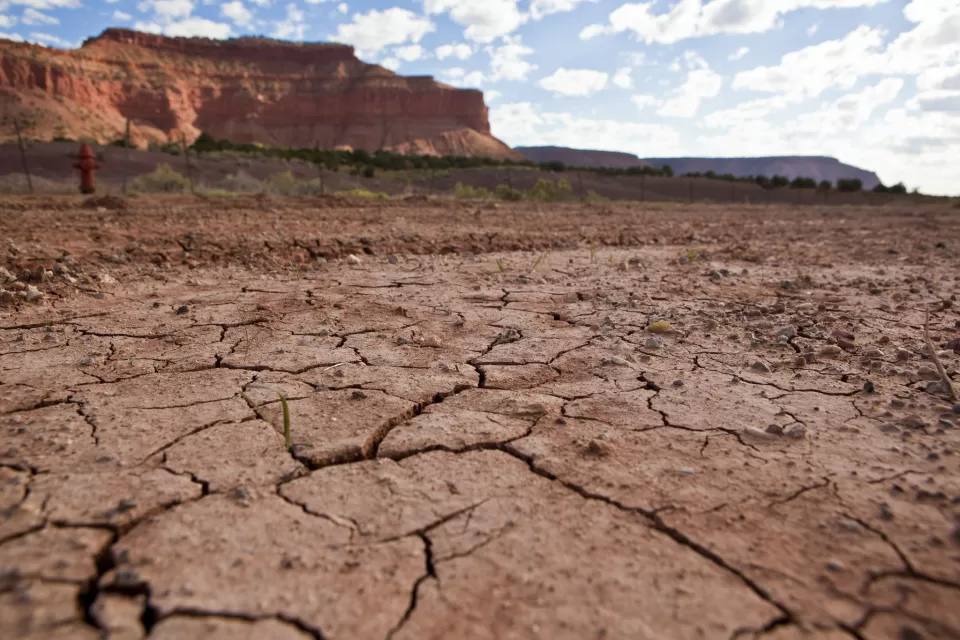The US Drought Monitor has said that every US state except Alaska and Kentucky is facing drought, an unprecedented number.
A little more than 45% of the US and Puerto Rico is in drought this week, according to the tracker. About 54% of land in the 48 contiguous US states is affected by droughts.
Even as the country experiences autumn and heads further away from a summer of record heat, the droughts continue to rise. More than 150 million people in the country – and 149.8 million in the 48 contiguous states – are in a drought this week. That is about a 34% increase since last week and an over 150% increase since last month.
The drought is also affecting more than 318m acres of crops, a 57% increase since last month, according to the tracker. That reality is only the latest illustration of global warming and the climate crisis, spurred primarily by humans’ burning of fossil fuels.
Last month, it was reported that world’s water cycle was out of balance “for the first time in human history”. Nearly 3 billion people face water scarcity.
Drought conditions are not simply caused by a decrease in rain – but are driven and exacerbated by abnormally high temperatures that can quickly suck moisture from the atmosphere and the earth.
Read also: Watchers say Von der Leyen’s Cop29 absence sends ‘fatal signal’
The problem, however, is more complicated than simply counting rainy days. Droughts can occur even when there is slightly more rain than usual, depending on the frequency of rainfall. If there is a lot of rain all at once, it’s difficult for the water to be properly absorbed into the ground.
“Climate change can cause extremes in both directions,” Dr Lifeng Luo, a professor of environmental science at Michigan State University, said. “When it rains really hard, it’s not going to really penetrate into the soil. It becomes runoff, which produces floods.”
Different city and state leaders across the US have acknowledged the drought issue and have tried various ways of beginning to address it. In New York City, the mayor, Eric Adams, encouraged residents to water their lawns less frequently and to “only flush when necessary”.
“Taking shorter showers means more water could be allocated for other purposes, which is good,” Luo said. “But its impacts in terms of reversing a drought is very small.”
According to the National Integrated Drought Information System, droughts will increase an area’s reliance on groundwater. Groundwater provides more than 40% of the water used for US agriculture and domestic water supplies. Increased pumping during droughts can reduce the future availability of those supplies.
Story was adapted from the Guardian.
